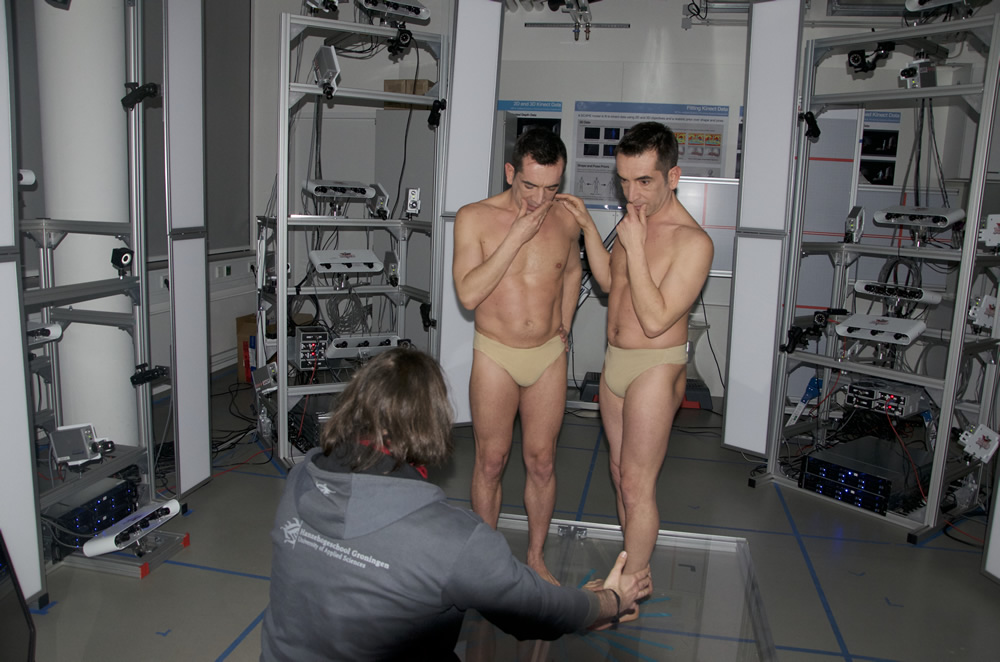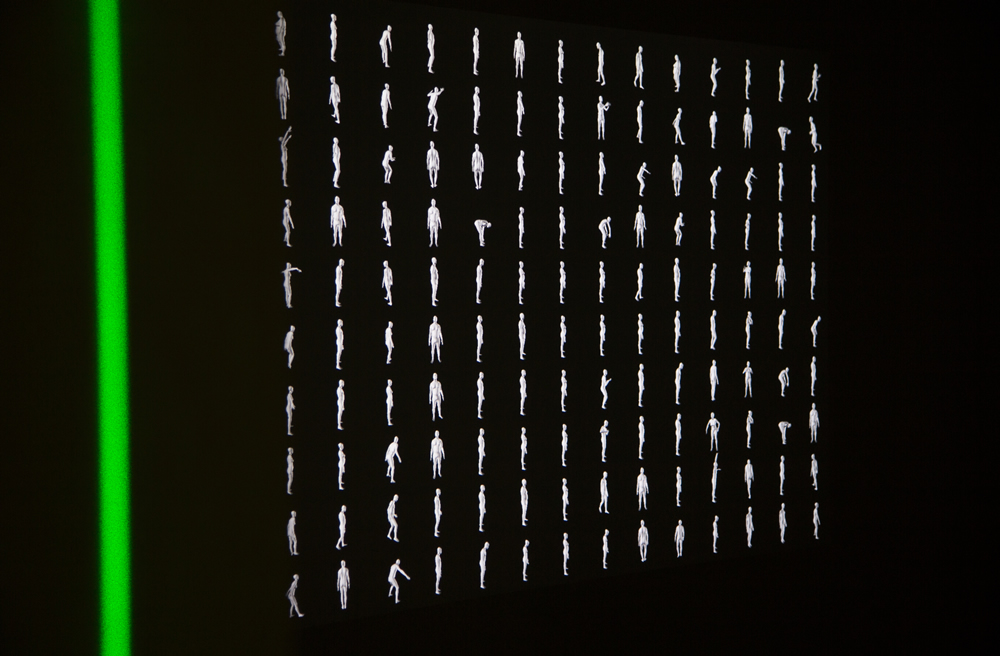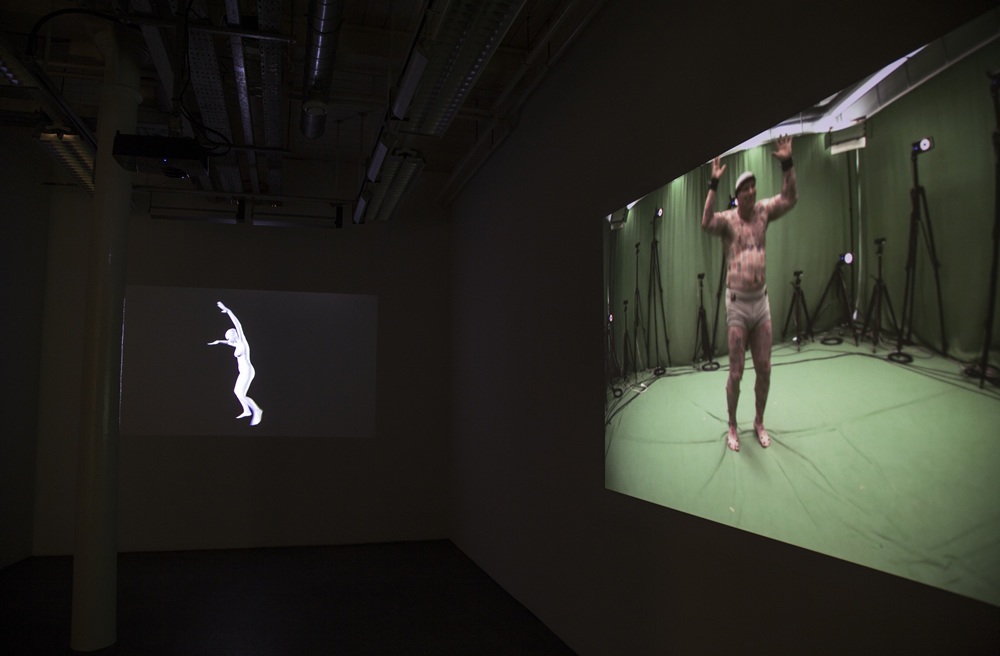
"Many artists and scientists have interests in such issues as artificial life, telepresence, multimedia and immersive environments. But there is a substantial difference in their backgrounds and perspectives and it is this terrain that can lead to innovation"
Harris C (1999) Art and Innovation. The Xerox PARC artist-in-residence program. Cambridge, Mass.: MIT Press, pg. 5
An artist in residence program at Tübingen MPI invites artists and matches them with researchers who often use the same media, though in different contexts. The output of these pairings is both interesting art and the stimulation of scientific innovation by bringing in new ideas, alternative viewpoints, personalities, and methodologies. The MPI Tübingen is particularly suited for such an endeavour, as its research on biological cybernetics and intelligent systems is based on virtual reality, immersive environments and other multimedia technologies. Perceiving Systems is hosting the first AIR program at MPI Tübingen.
"We need to get back … to the renaissance, when there was a real free play between the arts and the sciences, to create a laboratory of innovation"
Ariane Koek, head of CERN’s new artist in residence programme (September 2011)

Both history and recent examples indicate that combining the disiplines of art and science does lead to success. XEROX has initiated a particularly interesting AIR program in the 90s, as it encouraged artists not only to process ongoing work and make it accessible to the public, but also to take part directly in the creative process itself. To this end, artists are paired with scientists that use the same or similar media. In one instance, for example, an artist who was interested in human gestures for compositions and performances was paired with a scientist interested in motion perception. At the time the artist used a MIDI controller based on electrode sensors worn against the skin to generate sound from gestures. Through discussions the idea of a wireless controller evolved that would use a video to detect the user's gestures, analyze and translate the information to the MIDI to make the sound. This was a grounding for an array of interesting possibilities both scientifically and artistically.
Artists we have previously worked with:
- Lilla LoCurto and Bill Outcault
- Helga Griffiths
- Peter Evers
| Unfortunately we are currently not accepting applications until further notice. Please check again soon. |
Lilla LoCurto and Bill Outcault (Sept. 2015)
Lilla and Bill have been using 3D and 4D body scanners as an artistic tool to visualize the human body in a contemporary form. They produce marionettes or avatars which can be seen as figures that are anonymous yet universal. Through this unique medium they portray the concept of human frailty. This is usually exhibited as an installation.
Their project with the Perceiving Systems department involved six dancers with individual choreographies that express feelings of emotion through the body some examples were anxiety, fear, panic and insanity.
Helga Griffiths (Feb. 2016)
Helga has won multiple prizes and grants and her work, which has been exhibited on an international scale, often materializes through Science collaborations.
Most of Helgas work involves the integration of various sensory stimuli, producing ‘multi-sense’ installations, which play with the boundaries of conventional perception.
Helgas’ current project called ‘negative space’ involves data capture of identical twin dancer choreographies in our 4D scanner. Helga is interested in working with the space created between the dancers.
Peter Evers (Oct to Dec 2015)
Peter Evers' work explores the relationship between human identity and technology. His exhibition “Irresistible drift” contains video and motion capture sequences from Perceiving Systems and was exhibited at Belfast Exposed. The work shows a human subject instrumented for performance capture against a green-screen backdrop. He sees the subject as reduced to a puppet by the technology with their every movement recorded for research. Research on body shape in Perceiving Systems can be seen as the most advanced approach for “capturing” the image and identity of people. This brings up issues of what is private and what is public? How will our avatars behave and represent us in the digital world? Can they be appropriated by others?













